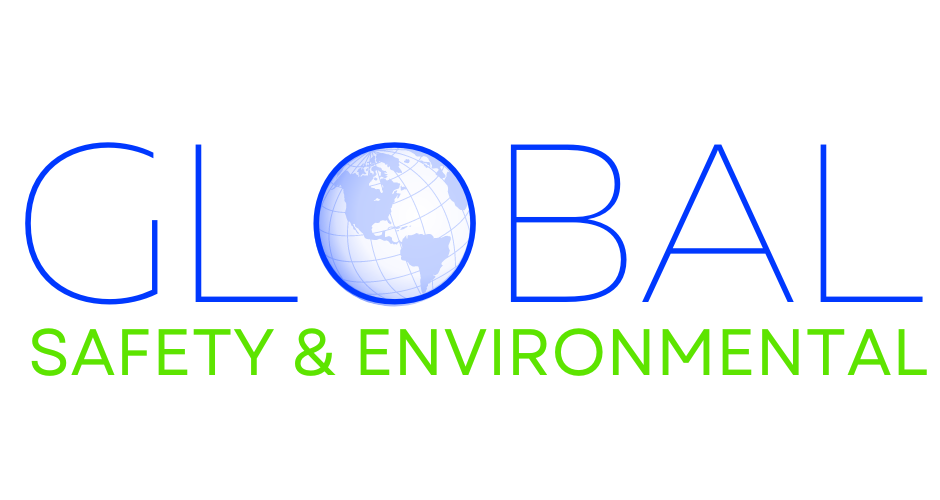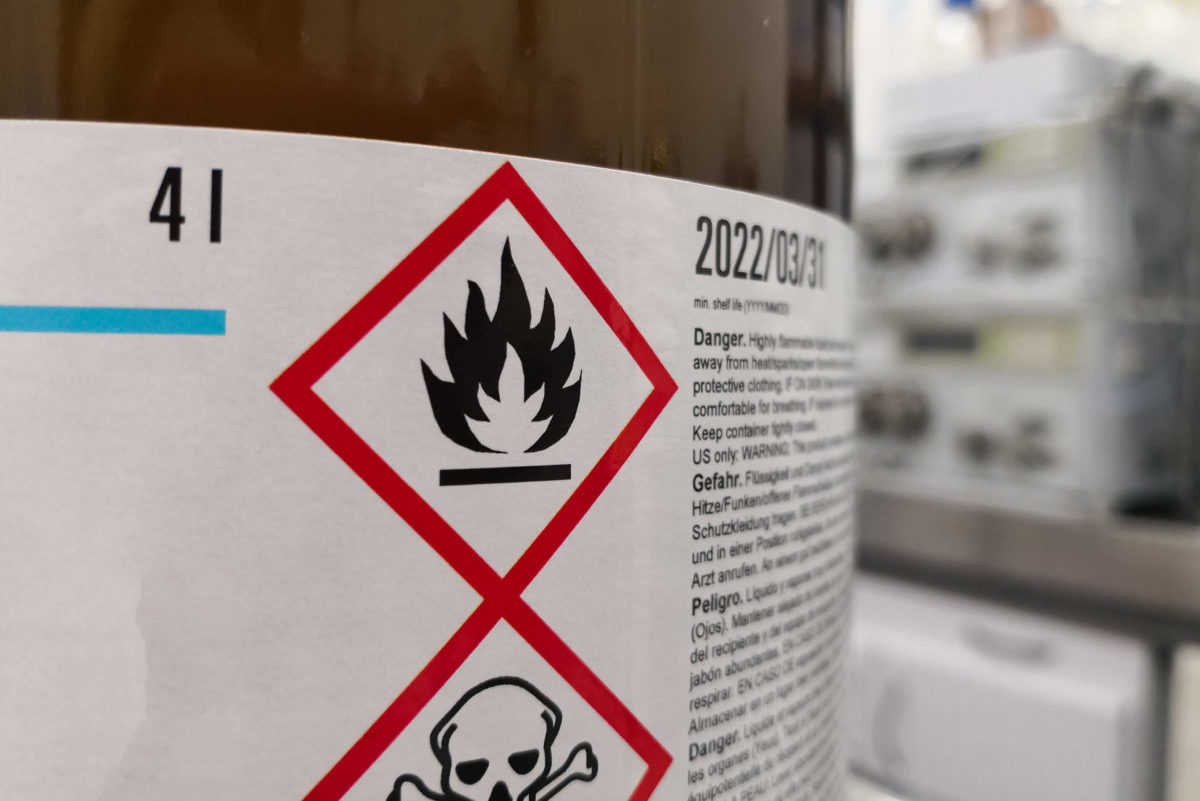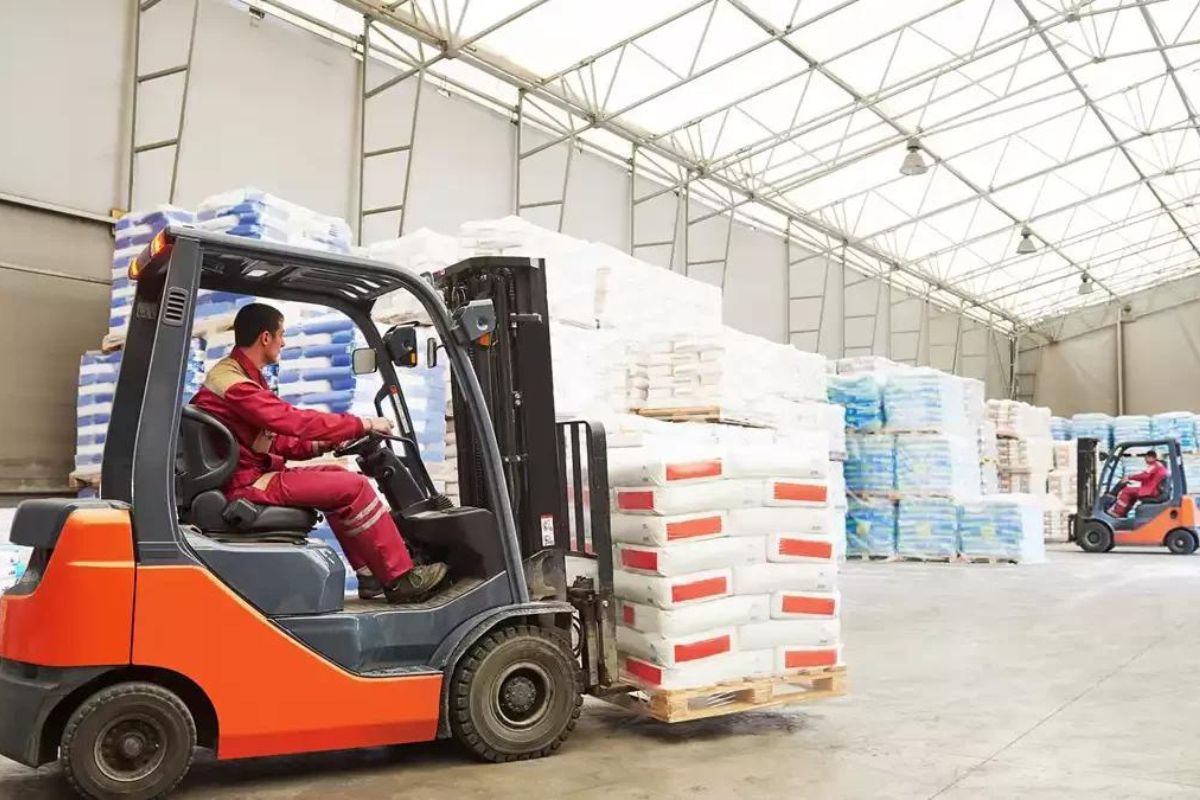The pursuit of safety is a continuous journey, demanding constant vigilance and adaptation. Across diverse industries and landscapes, regulatory bodies strive to refine existing standards and forge new ones, prioritizing the well-being of workers, consumers, and the environment. January 2024 witnessed a significant wave of such updates, impacting sectors ranging from workplaces to transportation, healthcare, and the very air we breathe. Let’s dive into some of the most noteworthy changes, exploring their potential benefits and the evolving landscape of safety they represent.
Workplace Safeguards:
The Occupational Safety and Health Administration (OSHA) took center stage with two crucial updates. The revised Hazard Communication Standard (HCS) bolsters worker protection by enhancing chemical labeling and safety data sheet (SDS) information. This translates to clearer hazard identification, improved risk assessment, and ultimately, more informed decision-making in the workplace. Alongside this, the new Powered Industrial Forklift Standard addresses longstanding concerns by demanding more rigorous operator certification, comprehensive training, and stricter equipment maintenance protocols. This shift towards proactive safety measures has the potential to significantly reduce forklift-related incidents, fostering a more secure environment for workers in warehouses, factories, and beyond.
Transportation: Advancing the Road and Sky:
For those behind the wheel, the National Highway Traffic Safety Administration (NHTSA) ushered in changes aimed at both technological advancement and child safety. The revised Driver-Assistance Systems (ADAS) testing protocol introduces a more robust evaluation method for critical features like automatic emergency braking. This rigorous approach promises to provide consumers with a clearer understanding of ADAS capabilities, potentially boosting trust and adoption of these life-saving technologies. Simultaneously, the tightened Child Seat Anchor System (LATCH) requirements mandate stronger tethers and anchors, offering enhanced protection for our most vulnerable passengers.
Taking Flight: Soaring Towards Safer Skies:
The Federal Aviation Administration (FAA) marked January with two groundbreaking developments. The updated Part 107 for Unmanned Aircraft Systems (UAS), commonly known as drones, expands permissible operations, opening doors for innovative applications in fields like aerial photography, delivery services, and emergency response. However, this expansion is not without its caveats. The FAA has wisely coupled it with safety-centric measures, addressing concerns about airspace congestion and potential risks to ground personnel. Meanwhile, the establishment of new Commercial Spaceflight regulations marks a giant leap forward for this nascent industry. These comprehensive standards, encompassing passenger and cargo launch vehicles, prioritize crew and public safety while paving the way for the continued growth of commercial space travel.
Ensuring Well-being: From Laboratories to Dinner Tables:
In the realm of healthcare and food safety, the Food and Drug Administration (FDA) implemented two noteworthy updates. The streamlined Medical Device Reporting (MDR) regulations for low-risk devices reduce unnecessary administrative burdens while maintaining essential safety oversight. This allows manufacturers to focus on innovation and quicker device availability, benefitting both patients and the healthcare system. Furthermore, the finalized rules on the Food Safety Modernization Act (FSMA) signify a commitment to stricter inspection protocols and enhanced traceability of food products. This comprehensive approach aims to prevent foodborne illnesses and build consumer confidence in the quality and safety of the food on their plates.
Protecting Our World: From Waters to Wilderness:
Environmental protection received a powerful boost with the Environmental Protection Agency’s (EPA) revised Lead and Copper Rule and the updated Per- and Polyfluoroalkyl Substances (PFAS) Action Plan. The new Lead and Copper Rule seeks to drastically reduce lead levels in drinking water for millions of Americans, safeguarding public health and ensuring compliance with the Safe Drinking Water Act. The updated PFAS Action Plan tackles the widespread contamination of our water and soil with these harmful chemicals, outlining strategies for stricter regulation, environmental remediation, and improved public awareness.
Guiding the Path: Standards for Every Sphere:
Beyond specific industries, organizations like the National Fire Protection Association (NFPA) and the American Society of Mechanical Engineers (ASME) continue to refine their safety standards, serving as guiding lights for countless professions. The updated NFPA 704: Standard System for the Identification of the Hazards of Materials for Emergency Response introduces clearer and more comprehensive hazard symbols, empowering first responders to make informed decisions in critical situations. Similarly, the revised ASME Boiler and Pressure Vessel Code (BPVC) and ASME B16.9: Factory-Made Wrought Steel Buttwelding Fittings set updated material specifications and design requirements, ensuring the structural integrity and safe operation of essential equipment in power plants, refineries, and beyond.
As we navigate the ever-evolving landscape of safety regulations, January 2024 stands as a testament to the unwavering commitment to protecting lives and fostering well-being across diverse sectors. From improved workplace safeguards to the advancement of transportation technologies, and from meticulous food safety measures to the protection of our environment, each update represents a vital piece in the intricate symphony of progress. While challenges remain, the collective efforts of regulatory bodies, industry professionals, and the public at large hold immense promise for a safer future. By embracing these changes, actively participating in their implementation, and constantly striving for improvement, we can ensure that the pursuit of safety becomes a shared journey, paving the way for a world where health, security, and environmental protection are not mere aspirations, but tangible realities. Let us remain vigilant, continue learning, and collectively push the boundaries of safety, ensuring that each new chapter in this narrative resonates with the unwavering melody of progress.




